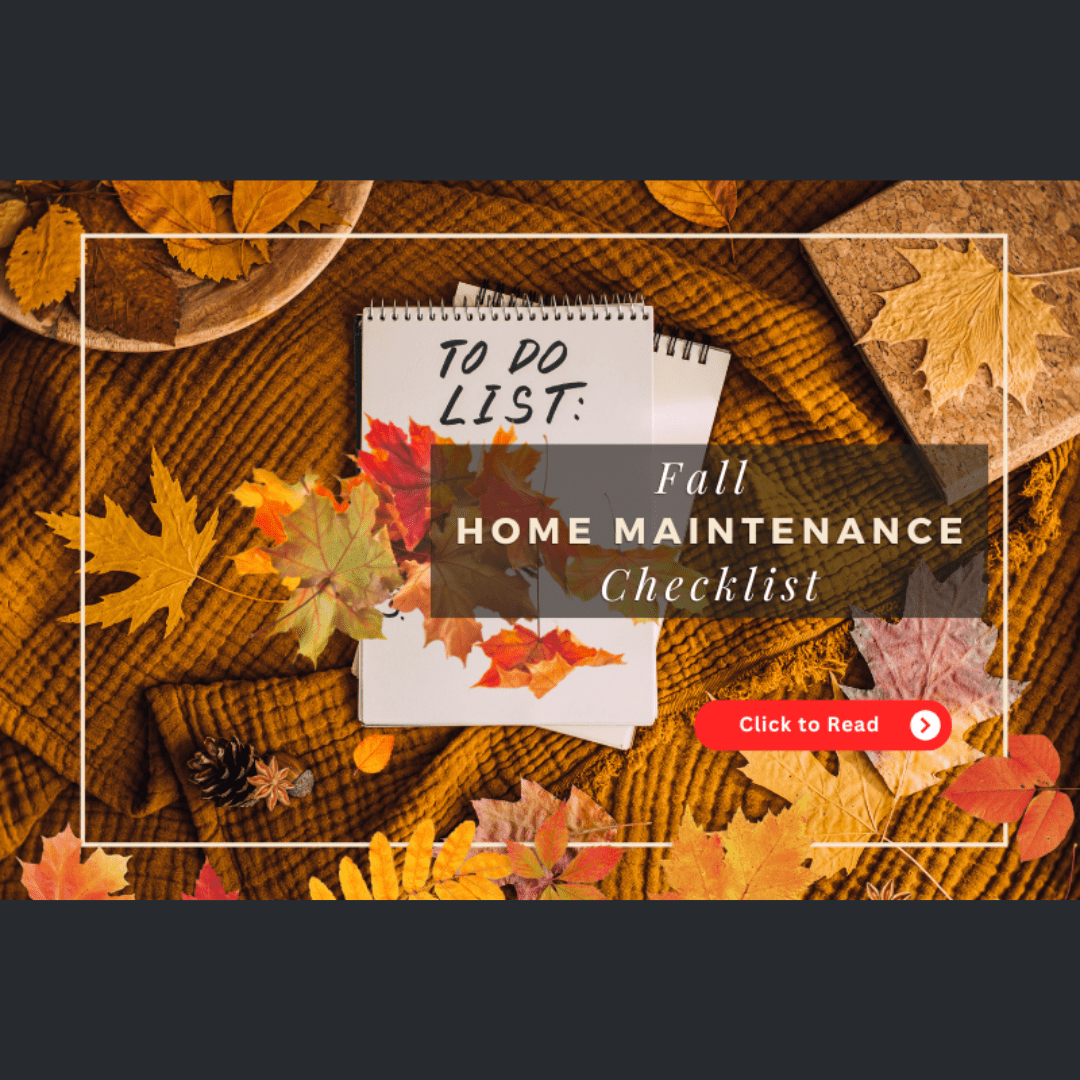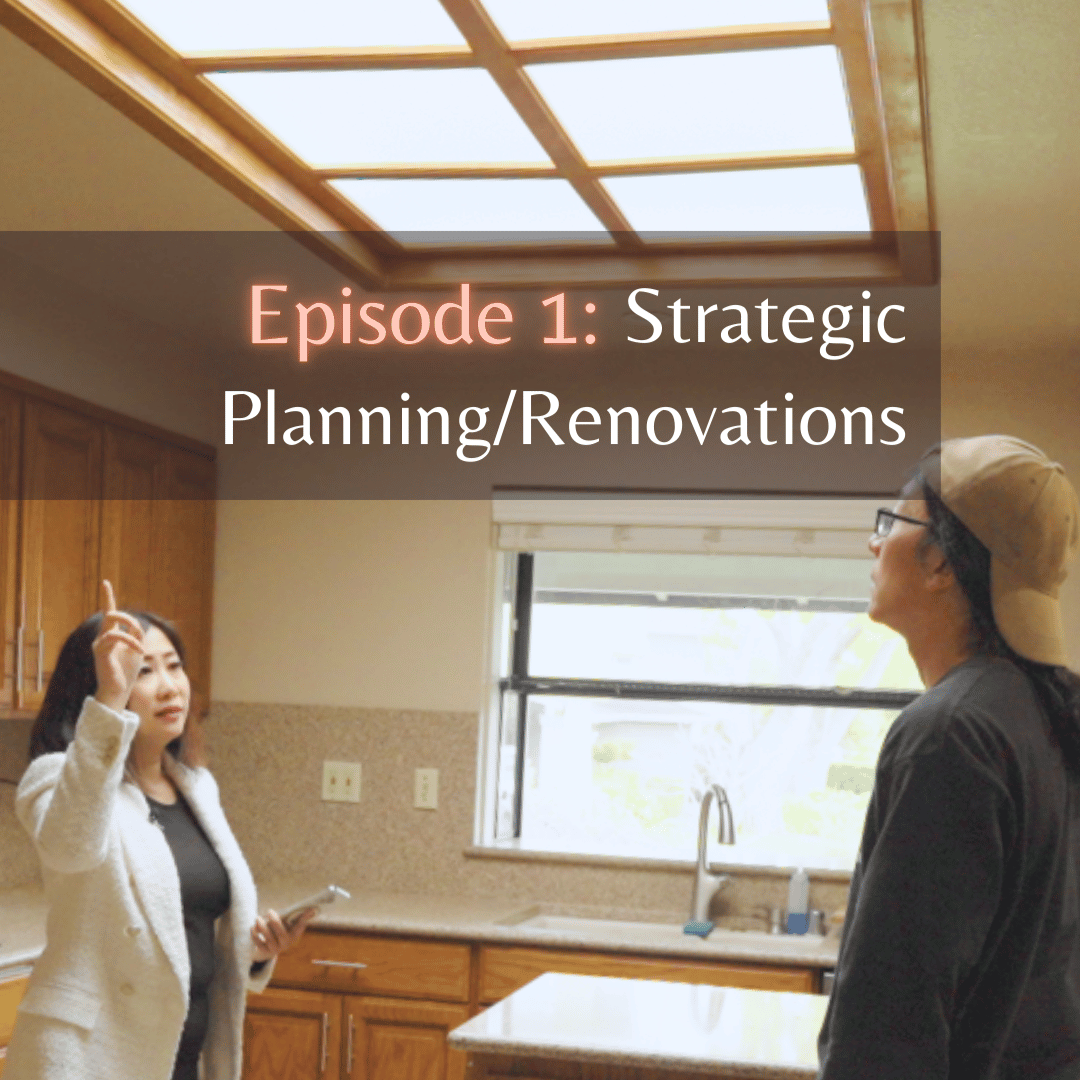Fall Home Maintenance Checklist
Tips

Tips

Many homeowners focus on home improvement projects in the spring, but preparing your property for colder temperatures in the fall is equally as important. Carrying out some simple maintenance tasks can help keep your heating system running properly, boost your home’s energy efficiency and even cut down on maintenance when the weather starts to warm up again.
Use this fall home maintenance checklist to prepare for harsh weather, prevent property damage and keep your home and yard looking clean and tidy through the winter months.
When to do it: Once the trees shed their leaves
Average cost: $75 - $450
Fall leaves might be beautiful, but they can also clog your gutters and lead to spillover. When your gutters fill with rain or melted snow, that water can spill over and damage your roof soffits and fascia, as well as drip onto the ground and gradually cause foundation damage.
Clearing leaves, other tree debris and shingle grit out of your gutters after the trees shed the last of their canopies will keep gutters and downspouts clear. That means they’ll route melting snow and rain down to the ground and away from your structure for safe disposal.
When to do it: Mid-October
Average cost: $75 - $200
It’s also wise to get ahead of the HVAC game. By the time you turn your heating system on, it has been sitting idle for months since it last worked overtime to keep your home warm. Your professional usually lubricates moving parts and replaces broken or damaged HVAC components. This helps avoid potentially dangerous outages that can put your family at risk and lead to burst plumbing pipes. It also makes your system run more efficiently, potentially reducing your winter utility costs.
When to do it: Mid-October
Average cost: $5 - $50
If you don’t opt for a complete tune-up, you should at least replace your HVAC filters. This is a simple DIY task that anyone can perform, provided you know what size filter to buy.
When to do it: Mid-October
Average cost: $160 - $670
According to the U.S. Department of Energy, windows are responsible for up to 30% of your home’s heat loss. Repairing windows in preparation for colder temperatures can reduce stress on your heating system, keep your home more comfortable by reducing drafts and reduce your heating bills by increasing energy efficiency.
A professional window replacement company will be required to help with more extensive repairs, like replacing broken or cracked glass or resealing double or triple-pane windows.
When to do it: Mid-October
Average cost: $5 - $25 per panel
Debris on the surface of the solar panel glass can reflect light away, reducing the efficiency of your solar system. The United States typically experiences less sunlight intensity in the winter months, so cleaning your solar panels to remove pollen and debris is an excellent way to maximize electricity production and potentially save you more on electric bills.
You can use a hose from the ground or a ladder to remove the bulk of the debris and pollen, or you can hire a professional solar panel company to get on your roof and scrub your panels clean.
When to do it: Mid-October
Average cost: $120 - $400
If you have a fireplace or wood-burning stove that you plan to use during the winter, cleaning the flues before you start using them will reduce the risk of fire and improve indoor air quality. Flues gradually accumulate a highly flammable substance called creosote, which can lead to an increased fire risk. According to the Federal Emergency Management Agency (FEMA), a clean chimney won’t catch fire. Plus, creosote can cause lung, skin and eye irritation.
It’s best to have a professional carry out chimney sweeping, as they will need to seal off the interior to prevent creosote from getting into your living space, work on the roof and wear proper safety equipment to avoid inhalation.
When to do it: Mid-October
Average cost: $85 - $350
Light leaf debris on your lawn will naturally break down and add nutrients to your soil, but heavy, wet leaves can lead to matting and promote mold and fungal growth. Rake your lawn once the last of the leaves have fallen to prevent these issues.
You can also aerate your lawn to loosen the soil and prevent compaction under heavy snow. Aeration will also provide easier access to oxygen. It will be especially beneficial for promoting a healthy lawn through the winter, especially for cool-season grass that continues to grow in colder weather.
When to do it: Mid-October
Average cost: $100 - $400
Your roof is likely to see long exposure to moisture and heavier loads from snow throughout the winter. This can mean an increased risk of roof leaks if your roof is compromised and structural issues in extreme cases.
A roof inspector will check the health and remaining lifespan of your roof to help prevent problems, including damage to roof shingles, flashing, soffits and fascia. They can also look for areas at high risk of leaking around roof penetrations from solar panels or snow guards. Most will also check your gutters for proper functionality.
Spend some time and money to ensure your home is in peak condition before harsh winter weather puts added strain on it. Doing so secures your peace of mind, can save you money on more extensive repairs if something goes wrong, boosts your home efficiency and can even improve comfort and indoor air quality.
Focus on systems and components that are at the highest risk of damage and stress through the cold weather and snow. Those include your heating system, your roof, gutters, windows, lawn and outdoor plumbing.
Stay up to date on the latest real estate trends.

Events
Celebrate the long weekend in style! Here’s your guide to Labor Day events happening across Silicon Valley.

Off Market Exclusives
If you're interested in viewing any of these properties reach out today!

Resources
This limited supply keeps prices supported even during economic slowdowns, making homeownership one of the most resilient.

Events
Whether you’re looking to hit the carnival rides at the Santa Clara County Fair, stock up on artistic wares.

Tips
Celebrate the remarkable women in your life this Mother’s Day with a brunch experience.

Video Tour
A rare opportunity in the coveted Dry Creek neighborhood of Willow Glen.

Home Renovation
I create a comprehensive strategic plan to help my sellers maximize their home’s value.

Video Tour
This like-new home is an alluring blend of modern living and everyday convenience

Tips
Bay Area day trips only gets better as the air grows warmer and the wildflowers continue to blossom.
You’ve got questions and we can’t wait to answer them.